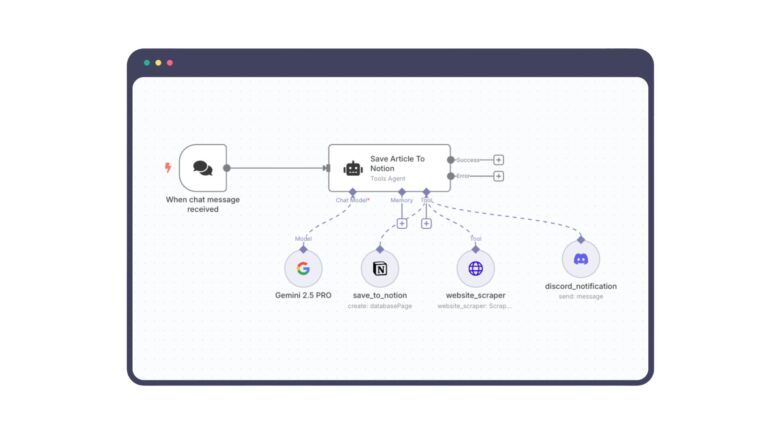Imagine this: You’re the captain of a ship navigating the vast digital ocean, confident in your sturdy vessel, until one fateful day, a massive cyberwave hits. Your data is compromised, your systems are paralyzed, and you’re sinking fast. In that moment of panic, you realize your lifeboat or lack thereof determines whether you survive or drown. That lifeboat? It’s cyber insurance.
When it comes to cybersecurity, we often focus on firewalls, intrusion detection, and zero-trust architectures protecting the ship itself. But what happens when the unthinkable happens? When ransomware locks your operations or a data breach exposes your most sensitive customer information? That’s where cyber insurance comes into play. It’s not just a safety net, it’s the crucial fallback that keeps your business afloat when chaos strikes.
For years, organizations treated cyber insurance as a nice-to-have. That mindset has changed. Today, it’s an essential part of risk management strategy. Yet, despite its importance, many executives still wrestle with understanding what cyber insurance actually covers and what it doesn’t. They’re often left wondering: Will it really protect us if disaster hits?
The truth is, the answer is more nuanced than a simple yes or no. To make sense of it all, we need to break down the coverage, expose the myths, and reveal the critical details that often go unnoticed.
Cyber Policy Fundamentals
Think of a cyber insurance policy as a meticulously crafted safety net, woven with fundamental coverage areas that shield organizations from digital threats. At its core, a cyber policy addresses two essential components: First-Party Coverage and Third-Party Coverage. These are the foundational elements, and within each, there are multiple nuances to consider.
First-Party Coverage protects the insured entity itself, covering losses directly incurred due to cyber incidents. This includes costs associated with data breaches, ransomware attacks, business interruptions, and recovery efforts. It’s akin to safeguarding your ship’s hull and internal operations, ensuring that even if hit hard, you can still stay afloat.
On the other hand, Third-Party Coverage addresses claims made against your organization by external parties. Imagine a client or customer taking legal action because their personal data was compromised during an attack on your system. This coverage helps manage the financial burden of legal fees, settlements, and damages, ensuring your ship doesn’t sink under the weight of lawsuits and liability claims.
Understanding First-Party Coverage
Diving deeper into First-Party Coverage, think about it as your ship’s internal defense mechanisms and damage control systems. It covers the costs directly associated with the cyber incident—such as data restoration, business interruption loss, ransomware payments, and crisis management expenses. Some policies extend to cover reputational harm, which is essential when public perception wavers after a breach.
A critical component here is data breach response, which kicks in the moment you realize your data has been compromised. It’s like having an emergency crew on standby—investigators, forensic analysts, public relations experts—all working to contain the damage. Notably, it can also cover regulatory defense costs, which have become increasingly relevant given the evolving data protection regulations worldwide.
The Role of Third-Party Coverage
If First-Party Coverage is your ship’s hull, Third-Party Coverage is your legal shield. It addresses the fallout when your data breach impacts others—clients, customers, partners. This coverage handles claims related to data privacy violations, network security failures, and legal liabilities stemming from cyber incidents.
Imagine being sued because a client’s data got exposed during an attack. Your insurance steps in to cover defense costs, court fees, and any resulting settlements. It also covers liabilities associated with contractual obligations—like failing to protect client data as agreed upon in a service-level agreement.
Incident Response Teams under Cyber Insurance
When your ship is taking on water fast, you don’t just need a lifeboat—you need skilled hands on deck. That’s where incident response teams come into play as part of your cyber insurance package. These teams are often pre-contracted experts provided by your insurer, ready to jump into action the moment an incident occurs.
Imagine a team of digital firefighters arriving to assess the damage, contain the spread, and begin the recovery process. They’re equipped with forensic analysts, data recovery specialists, PR strategists, and legal counsel. Their mission? Minimize damage, preserve evidence, and get your systems back online as quickly as possible. Having an incident response team integrated into your insurance policy not only saves time but also mitigates financial and reputational fallout.
It’s essential to know whether your policy includes these rapid response services or if they come as an optional add-on. Some insurers even offer proactive services—like threat monitoring and vulnerability assessments—as part of their packages. Having this team on standby is not just an operational advantage; it’s peace of mind when navigating turbulent cyber waters.
Where Things Get Tricky
When reviewing cyber insurance policies, it’s easy to get tangled in the fine print. One examples is that a company thought they had bulletproof coverage, only to discover that their policy didn’t include social engineering attacks. A phishing email tricked an employee into transferring a significant amount of money to a fraudulent account. The insurer denied the claim because social engineering wasn’t explicitly covered.
That brings up an uncomfortable reality: insurance companies are not in the business of losing money. They’ll dissect every claim, searching for reasons to deny coverage if the wording in your policy leaves room for interpretation. That’s why it’s crucial to scrutinize exclusions and ambiguities before signing on the dotted line.
Learning from Real-Life Shipwrecks
Take the infamous case of Mondelez International. When the NotPetya malware hit, it crippled the company’s operations, resulting in hundreds of millions in losses. Mondelez filed a claim under its property insurance policy, only to have it denied because the insurer argued it fell under the “act of war” exclusion. The case went to court, and it was a brutal wake-up call for organizations worldwide: sometimes, the wording of your policy can mean the difference between coverage and catastrophe.
Lessons like these should be the catalyst for proactive thinking. Don’t just assume your insurance covers every conceivable scenario. Sit down with your legal and risk management teams, and scrutinize the language in your policies. Ask the tough questions. What happens if a state-sponsored attack targets your systems? Are losses from data manipulation covered, or just data theft?
Charting the Course Forward
The good news is that cyber insurance has evolved dramatically. Policies are becoming more sophisticated, covering areas like reputational harm and regulatory defense costs. But the burden still falls on you to make sure your coverage aligns with your risks.
Think of it like customizing a ship to withstand specific storms. If you’re in e-commerce, you’ll need robust data breach coverage. A manufacturing company, on the other hand, may prioritize business interruption and ransomware protection. No one-size-fits-all solution exists. You must tailor your coverage to fit your digital footprint and risk profile.
In a world where cyberattacks are no longer a matter of if but when, having cyber insurance isn’t just smart—it’s vital. But don’t let yourself be lulled into a false sense of security. Your insurance policy is only as strong as the due diligence you put into selecting and understanding it.
When the next storm hits—and it will—you want to be the captain who not only survives but sails confidently through the chaos. Let your cyber insurance be more than a lifeboat. Make it part of your ship’s very architecture—a resilient, unshakeable safeguard that keeps you afloat no matter how turbulent the waters become.








